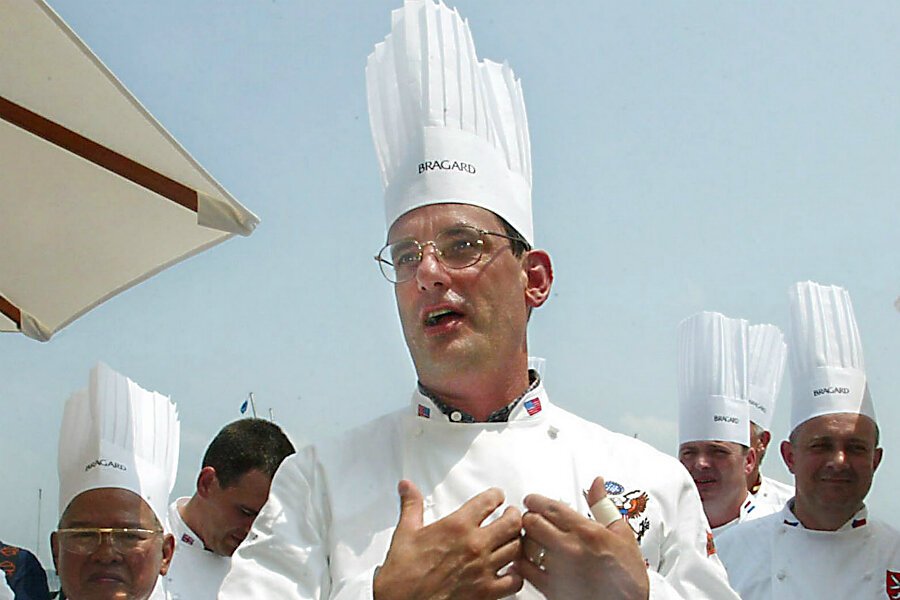Former White House chef drowned while hiking: What to do in a flash flood
Loading...
Walter Scheib, the former White House executive chef for Presidents Bill Clinton and George W. Bush who was found dead in the mountains of New Mexico on Sunday, likely died from drowning, medical examiners have concluded.
Mr. Scheib’s body was discovered in a stream near a hiking trail above the Taos Ski Valley, ABC News reported. His death has been ruled an accident.
Scheib, 61, was last seen on June 13 before his hike in Taos. After he didn’t come home, his girlfriend reported him missing, setting off an eight-day search-and-rescue mission that would end up deploying officers from the New Mexico State Police, National Guard, and US Air Force.
Authorities tracked data from Scheib’s cell phone to pinpoint his last known location. Along with search and rescue dogs and volunteers, they found his car on day 3 parked in a lot by the Yerba Canyon trailhead. A search dog traced a scent to an area about 25 yards off the trail, where Scheib’s body was found.
The findings from Scheib’s death suggest he was yet another casualty of the flash floods frequent in the mountainous area, where thunderstorms had also forced the air search to pause Thursday.
Threats of flash floods increase in New Mexico in May and June, and typically get worse throughout the summer when monsoon season hits, according to the National Weather Service.
And “as the frequency of flash floods increases, so does the distribution of the events,” read the NWS website. “By July and August, all areas across the state can experience flash flooding.”
Since 1959, 64 New Mexicans have died in flash floods and 78 have been seriously injured, according to the latest government statistics. Of the flood-related fatalities, 66 percent involved victims either driving into water or being swept away in their cars. Only one victim has been identified playing in an arroyo, a dry creek not vastly dissimilar from the section of land Scheib was found in.
It is not clear whether Scheib, who had recently moved to New Mexico from Florida, had been aware of the safety risks before embarking on his hike.
Public safety officials in New Mexico warn residents that their “margin of safety may be counted in seconds.” Advice to locals includes monitoring flood warnings in the media, avoiding trying to drive over flooded roads, and having an immediate escape plan, according to the NWS.
If a flood occurs, you should drop what you're doing and head for high ground, say authorities. Taking the time to find out where there is high ground that's safe from flooding is important, and keeping items like plywood, sandbags, lumber, and sheets of plastic on hand can save you on repair time later. Storing things above the anticipated flood level will also lower the risk of them being washed away.
Scheib led the White House kitchen for 11 years, and came to be known for his contemporary take on distinctly American cuisine. He began cooking for President Clinton after personally impressing then-first lady Hillary Clinton with a meal at the West Virginia resort where he had been working, reported the Associated Press.
Both the Clinton and Bush families said Monday they were saddened by Scheib’s death.
“Our family was grateful to have Walter with us in the White House for six years, where we and visitors from around the world loved his delicious and creative meals," the Clintons said in a statement. "Walter used his immense talents not only to represent the very best of American cuisine to visiting leaders, but to make a difference in people's lives across the country through his support of numerous charities.”
This report contains material from the Associated Press.






